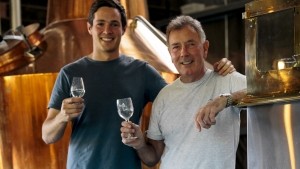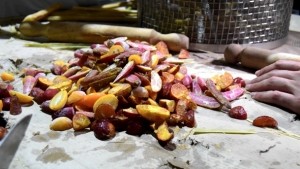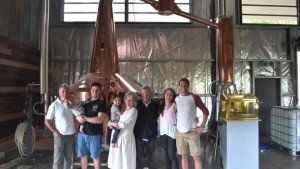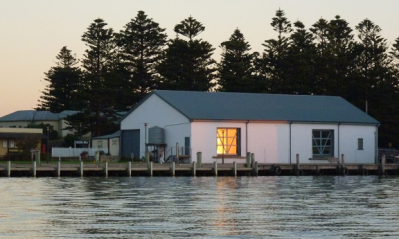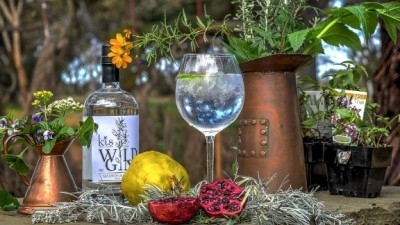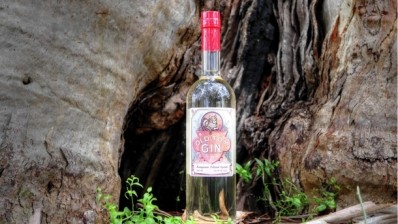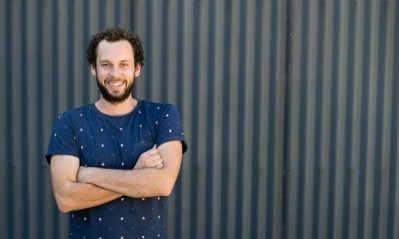Feature
Byron Bay botanicals give punch to crowdfunded gin start-up
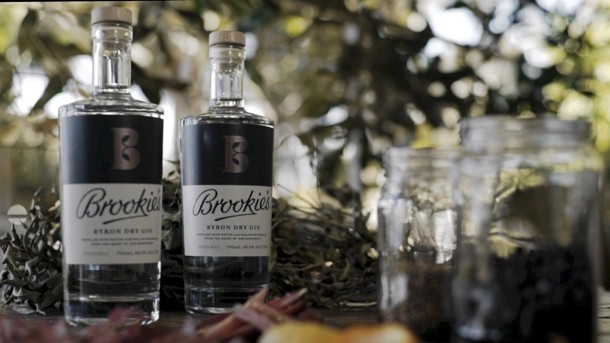
Brookie’s Byron Dry Gin is made in a custom hand-made copper pot-still in the heart of the Brook family’s macadamia farm in northern New South Wales.
Eddie Brook, the family’s younger son and founder of Cape Byron Distillery, has over a decade’s experience in the spirits industry. He hit on the idea of producing an artisanal gin with McEwan as the pair travelled together across Australia for a whisky tour.
Brook says the “Cask Whisperer” was “captivated” by the family property’s abundance of native fruits and botanicals, which he calls an “ideal pantry for making great spirits”.
The farm, which was bought by Eddie’s parents as a rundown dairy property with poor soils and little vegetation, has been transformed over the last 30 years into a thriving rainforest with more than 35,000 subtropical trees, indigenous plants and countless native animals and birds. This flora, the distillers decided, would provide the native ingredients for an export-quality gin.
Gin is quickly replacing vodka as Australia’s most popular white spirit, with a consumer base that increased by about a third to 860,000 over the first five years of this decade. Over the same period the number of vodka consumers stayed static at 1.1m, despite overall population growth.
This growing popularity for gin has prompted privateers like Brook to enter the industry, especially when you are sitting on the source of your ingredients.
“Our property has everything there should be in a gin,” he says. “Take citrus: we have an abundance of native varieties of citrus; then there’s the local cinnamon and aniseed myrtles. Jim is the absolute master of being able to combine and create flavours. I can bring all these ingredients to the table, many of which we can get from our rainforest at our farm.”
Putting together the first-release recipe of 26 botanicals was very much an exercise in trial and error, though. The sheer number of native ingredients proved to be quite overwhelming, and some of the flavours were almost too powerful for a balanced blend.
According to McEwan’s philosophy, flavours should work together like an orchestra, full of harmonies with no single note dominating. Though the pair were committed to using local ingredients, they are “steeped in that dry style of gin” you get with London gins. Moreover, the taste will change subtly with each release.
“What’s exciting about what we’re doing is we are using 18 different native botanicals; as the seasons change the difference in flavours will change with the seasons,” says Brook.
“In our first batch we used native raspberry, but now they are gone as we have come into summer. We embrace seasonality; throughout the year there will be subtle changes to our gin but the core DNA will remain.”
Without external investors, the Brook family's other grassroots business, Brookfarm, has been able to fund the development of the distillery, though “putting your dollars where your mouth is”, as Brook puts it, adds to the risk.
Brook says there has been a real drive in his family to make the spirits venture a generational business, and they have no plans to sell it on to a larger investor as many other small start-ups in the alcohol industry have been doing.
They decided to invest in a 2,000-litre pot-still—the biggest of its kind in Australia, Brook believes—rather than start at a smaller level and then invest in upgrading equipment.
“Most distillers have to upgrade after the fist year, but we saw that the added cost of doing so didn’t add up. We started with slightly bigger shoes to grow into,” he says.
Another risk that Brooks took was his decision to market the first release through Australian crowdfunding site Pozible, setting a target of A$25,000 (US$18,700) in pledges by December 18. At the time of writing, with 12 days to go before the deadline, the venture has raised A$17,801, leaving him in line to hit the target, which will open up cashflow for the business.
For a crowd platform to be successful, a business must have realistic targets and faith in its idea, Brook says.
“There is risk involved in any crowdfunding campaign: if you don’t meet your target you don’t get your cashflow. We believe we have a story to tell, and crowdfunding allows us to tell it. You have to have a bit of faith that you’re going to find the right consumer who will agree with your story.
“We are looking to create a new chapter for Australian distilleries; we’re not going to be just another bottle on the shelf,” he adds.
After the first release is out of the way, Brook will then look at other ways to distribute the gin, including on- and off-premises vendors and through wholesalers. Though the business’s focus will be on the domestic market, Brook says he has already had some international engagement.
And as the company grows, master-distiller McEwan will maintain close involvement in product development and plans to visit the Brook farm once or twice each year, even though he retired last year from his role as the Bruichladdich distillery’s production director after over 50 years in the whisky industry.
“He is part of our business and we talk on a weekly basis,” says Brook. “What better person to have as mentor and roaming ambassador. With his incredibly creative mind and passion, it's almost impossible for someone like Jim to retire.
“He didn’t need to be in Australia, but for some reason he is here, and this product was too good not to create.”
